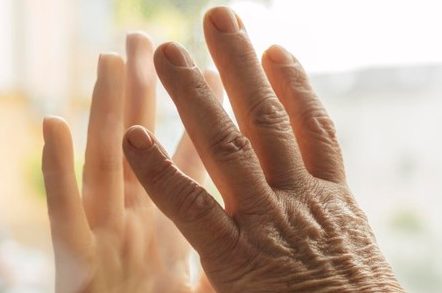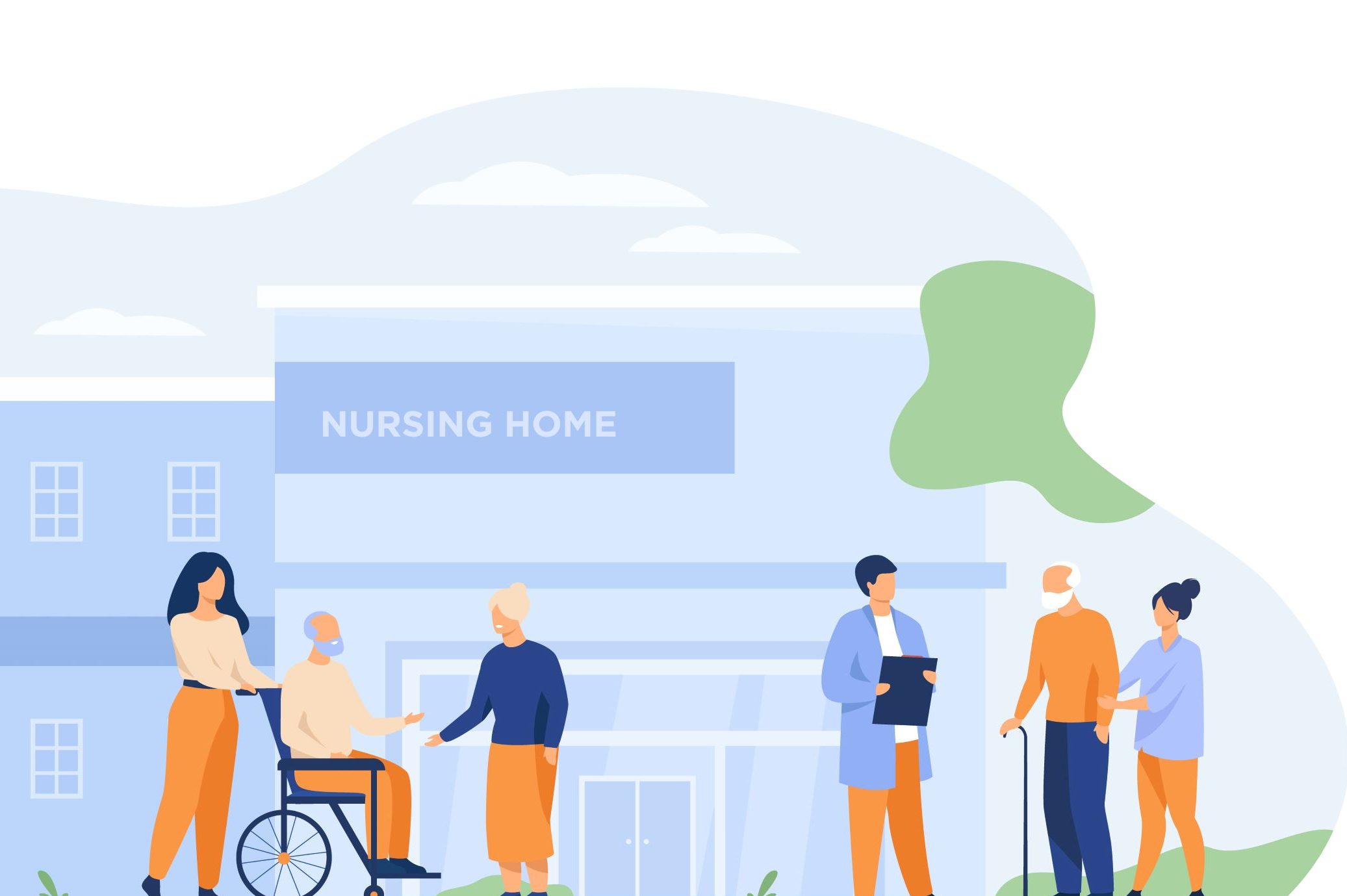
A year of learning
The country has been living with the coronavirus pandemic since early 2020. Locking down care homes in March 2020 was an emergency response to the global pandemic caused by a virus about which little was known.
A year on, we better understand the risks of transmission and have put in place a range of robust measures to keep us safer –as important for care homes as it is wider society. We also know isolation caused by restrictions on visits from loved ones has caused extreme anguish.
Care homes have to strike a balance between managing infection risk with restrictions on visiting and connectedness with loved ones – this is even more important if we are looking at living with COVID-19 for the longer term.
Therefore care homes must be supported to safely welcome visits by families and friends, now and in the future.

Essential care givers
The work of the National Care Forum (NCF) and Rights for Residents (RfR), alongside other providers, relatives and residents’ organisations has really brought to life the role of essential care givers, now firmly embedded in the guidance. Essential care givers, are additional named carers whom residents with the highest care needs can nominate for additional support, alongside their regular nominated visitor.
This new guidance cements the role of essential care givers, who might be family members or loved ones. It recognises their vital role in offering support for both the physical and mental wellbeing of care home residents.
Introducing Partners in Care
NCF, RfR and other partners have developed a set of resources, designed to provide practical support to care home staff, residents and visitors observing the latest care home visiting guidance.
Partners in Care includes a growing suite of resources including a visiting charter and pledge, setting out shared rights, responsibilities and commitments all parties can sign up to. Download the resources and feel free to personalise them with - and for - the people and partners you work alongside and support.
First hand feedback
Jenny and Diane, the convenors of RfR, talk passionately of their own experience since the guidance has been updated:
“In our own case, we have been designated as essential care givers and assist mum at meal times as the hard pressed staff have been struggling to encourage her to eat and drink."
Of course, Jenny and Diane acknowledge the huge debt owed to hard working care staff who’ve been through a very tough year as they care tirelessly for loved ones. However, they go on to say:
“We implore those care homes who are nervous or reluctant to open up to reach out to those who are willing to share their experiences and good practice.”
Over the last few months, RfR has been hosting weekly zoom meetings bringing managers, who have been facilitating indoor visits safely, together with those who are nervous about balancing the risks. In addition, the NCF has run a series of meetings for members and the wider sector. These peer led approaches really work and many care homes have changed their approach after attending the meetings.

Making visiting a reality for all
It is essential we work together to make regular, safe visiting a reality for all. The guidance presents the default position that visiting should happen wherever it is safe to do so. But how it happens, and the partnership needed to make this a positive process for all concerned is essential.
There have been some amazing ‘pockets of brilliance’, where care homes have kept the torch of visiting shining, but this has not been everyone’s experience. Visiting has become a hot potato, with the reasons for it happening or not being dominated by discussions around outbreaks, testing, community transmission and, latterly, vaccination.
The needs and wants of individuals must always be considered first - as they should in all other aspects of care and support. We must do everything we can in partnership to make sure care home residents, their families, friends and loved ones enjoy time together safely.
3 comments
Comment by Elizabeth Meatyard posted on
Issuing a guideline which encourages visiting ‘wherever it is safe to do so ‘ is in itself ambiguous and opens the door to a default risk averse interpretation.
I would prefer to see a guideline which encourages Care Homes to seek advice and assistance so that they ‘can’ always provide visiting which is safe, and allows visitor and resident to be properly ‘connected’
There is a lack of understanding around PPE and when it is required and how it should be used for example . Wearing plastic gloves is an obstacle to ‘connecting’ loved ones . Are there alternatives? .... yes of course there are .
This is about setting a goal and finding a way to achieve it.Thinking about the reasons behind your protocols . Do they really make sense .
For example , what is the reason for affording a loved one the opportunity to have an additional person with them whilst visiting a relative at the very end of life , but then insisting that 30 mins only would be allowed for both to be at the bedside at the same time .Where is the logic here ? .
There is a lot of this kind of decision making I’m afraid. It is upsetting and unnecessary.
Let us forge a relationship between Care Homes and visitors where common sense can prevail , and visiting can always take place, whilst ensuring everyone is protected .
Comment by Angela McIntyre posted on
I am a still at a loss to understand why after 13 months of not being able to visit my mother at all as she is bed bound that I am now only offered 30 minutes. I have to have a lateral flow test and PPE but can visit it her in her room once a week. Why are homes still setting their own time limits?? My mum has had both her vaccinations and I am about to have my second. I enter Mum's room via the fire exit stairs so do not come into contact with any other residents or staff. It really does not make any sense at all. I feel that individual home managers are just making up their own rules now to make life easier for them.
Comment by Bernadette posted on
Angela I am sorry to hear that you can only see your mother for 30 minutes, I am allowed an hour but that flies by.
From my experience I agree that Individual home managers are able to do the little that they can to 'meet' guidelines while essentially doing their own thing. They are however aware of what their overall profile and don't want any negative publicity.
What you describe makes no sense whatsoever; you may find that asking for a Social worker referral to review her needs for visiting may jog the Home to be more reasonable. The website Rights for Residents have lots of useful information, and this has been one of the suggestions I read there.
Or maybe ask your MP for help. You are not alone in feeling frustrated. Stay strong.